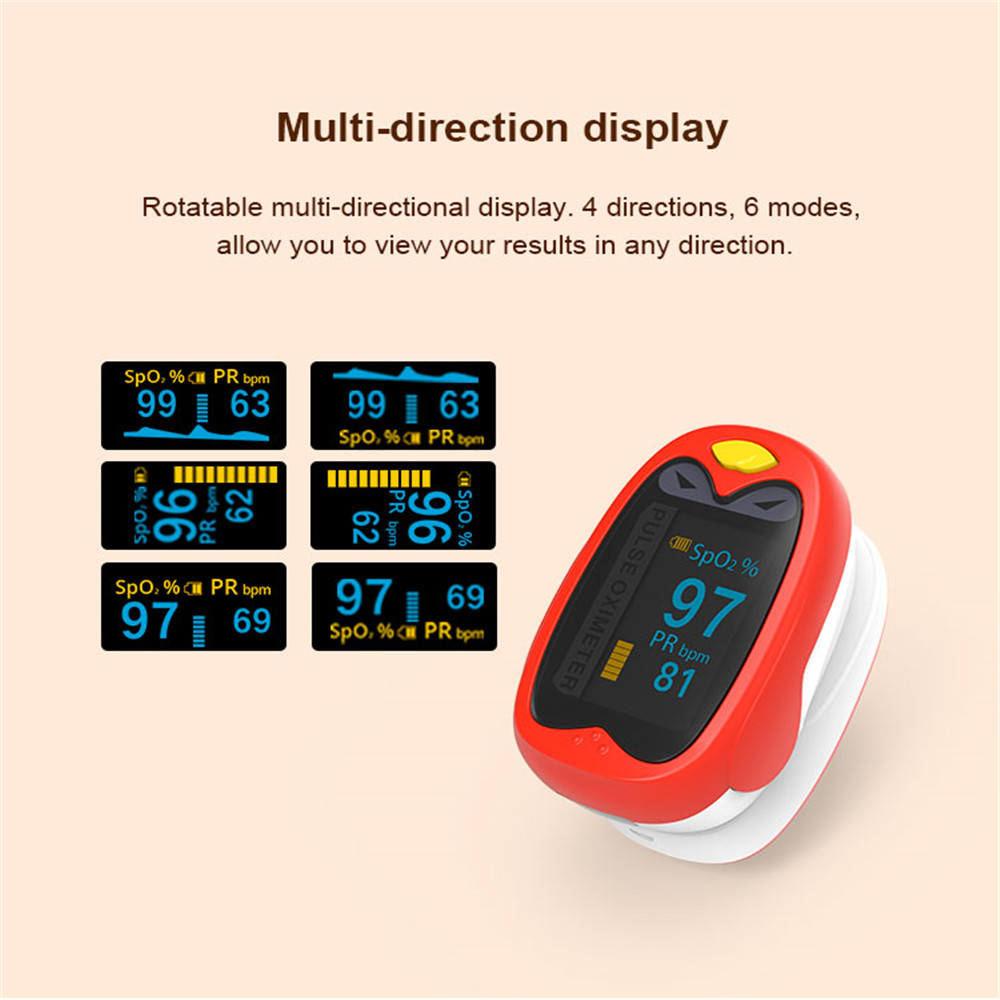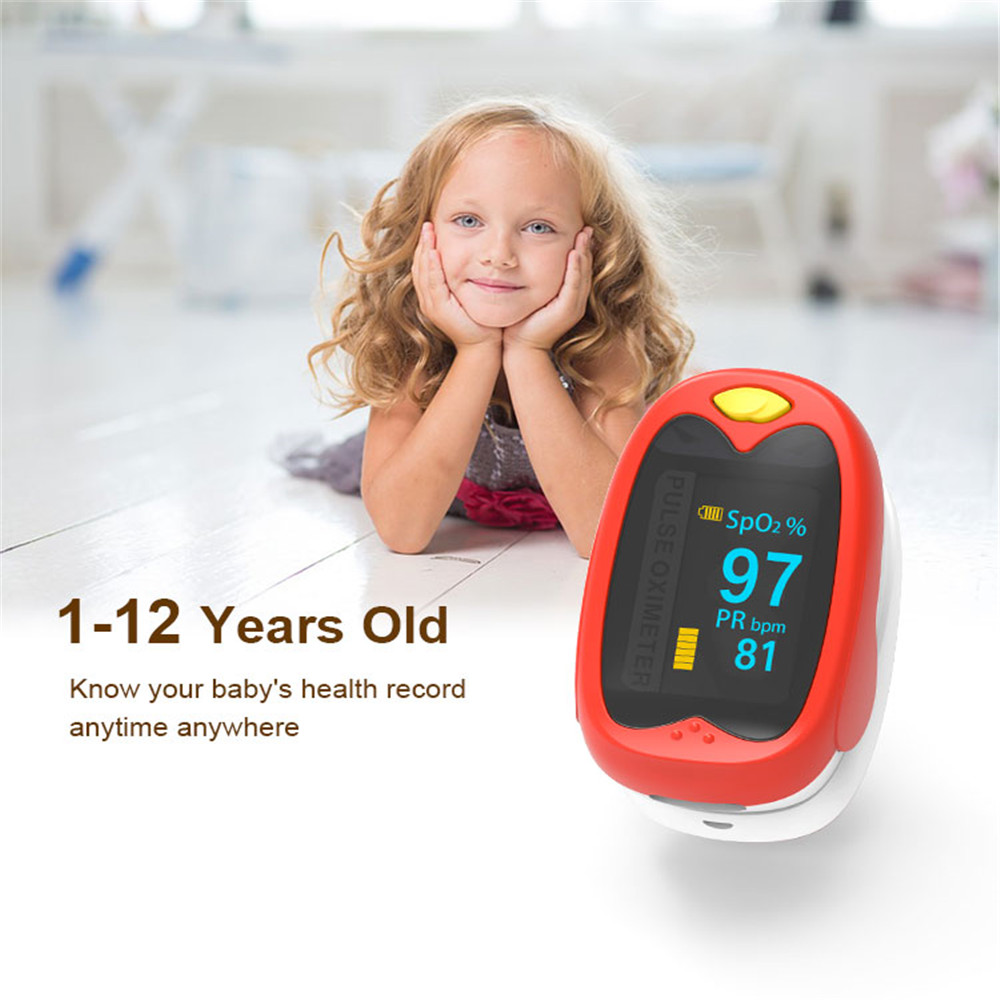Celery is the whole plant of Umbelliferae, a biennial herb of the Umbelliferae family.
Celery is native to the Mediterranean coast and has a long history of cultivation in China. It is widely distributed and is produced in most parts of the country. Hebei Xuanhua, Shandong Yixian and Henan Shangqiu are all famous places for producing celery.
Celery is available all seasons. Celery can be divided into two kinds: celery (Chinese type) and celery (European type). The celery has a large root, a hollow stem, a slender petiole, a green or purple stalk, a thick fiber, a strong flavor, and a small edible portion. Parsley, small roots, tall trees, broad petiole, solid, weak fragrance, crispy vegetables, edible parts and more.
The quality requirements of celery: neat and tidy, without old stems, yellow leaves and soil, petiole without rust, insect injury, bright green color or white, petiole is full of fat and tender is better.
For people
Particularly suitable for high blood pressure, arteriosclerosis, high blood sugar, iron deficiency anemia, menstrual women eat; celery cold, slippery, spleen and stomach Deficiency, loose stools are not advised to eat more, celery has lower blood pressure, so blood pressure is low Use; family planning men should pay attention to appropriate food.
1. Celery with dry silk
Celery 250 grams, dried beans 300 grams, light blue. The amount of ginger is appropriate. Wash the celery and cut it to the root and cut it; cut dried beans, cut green onion, ginger, and beat the pine; stir fry pan, pour in peanut oil, heat till 70% hot, add ginger salt, add salt, Pour the dried bean curd and fry for another 5 minutes. Add the celery together and stir fry. The monosodium glutamate is poured into the water. Fry and serve. The dish is delicious and delicious, with the effect of reducing blood pressure and calming the liver. It is suitable for hypertension, dry stools and other diseases.
2. Celery porridge
40 grams of celery, 50 grams of rice, light blue 5 grams. Wash the roots of celery, pour peanut oil into the pan, heat the onion, add rice, water, salt, boiled porridge, then add celery and boil, seasoning fine. This dish has the effect of clearing away heat and water, and can be used as an auxiliary therapeutic product for patients with hypertension and edema.
3. Sweet and sour celery
500 grams of celery, sugar, vinegar and the amount. The celery leaves will be washed to keep the stem celery, into the boiling water, until the stem is soft, pick up the drained water, cut inch segment, add sugar, salt, vinegar and mix well, topped with sesame oil, can be plated. The vegetables are sweet and sour, and they are greasy and appetizers. They have antihypertensive and lipid-lowering effects. People with hypertension can eat it regularly.
4. Celery soup
150 grams of celery, cream 50 ml, milk 150 ml, flour amount. Wash the celery and cut into sections. Boil with 150 ml of water. Transfer the salt, butter, and 2 spoons of flour into the milk. Pour it into the celery soup and serve. This soup is light and tasteful, delicious appetizer, with Yiwei Yin, hemostatic Tonglin effect, diabetes, urinary bleeding, urinating pain can be eaten regularly.
5. Peanut mixed with celery
material:
300 grams of celery, 200 grams of peanuts, vegetable oil 250 grams (15 grams of actual consumption), 15 grams of pepper oil, 15 grams of soy sauce, salt 6 grams, 2 grams of MSG.
Cooking steps:
1) Put the vegetable oil in the pot, heat and put it in the peanuts, remove it when it is fried, and remove the membrane.
2) Select the celery root, leaves, wash, cut into 3 cm long sections, put it in boiling water, scald, remove and cool with cold water, control the net water.
3) The celery is circled and evenly placed on the edge of the plate. The peanuts are then stacked in the celery circle.
4) Adjust soy sauce, salt, monosodium glutamate, and pepper oil in a small bowl, pour on celery, and mix evenly when eating.
Pulse oximetry is a noninvasive and painless test that measures your oxygen saturation level, or the oxygen levels in your blood. It can rapidly detect even small changes in how efficiently oxygen is being carried to the extremities furthest from the heart, including the legs and the arms.
The pulse oximeter is a small, clip-like device that attaches to a body part, like toes or an earlobe. It`s most commonly put on a finger, and it`s often used in a critical care setting like emergency rooms or hospitals. Some doctors, such as pulmonologists, may use it in office.



Pulse Oximeter,Pulse Oximeter Price,Finger Pulse Oximeter,Oxygen monitor,best pulse oximeter
Ningbo Queen Electronic Science Technology Co., Ltd , https://www.queenmeds.com